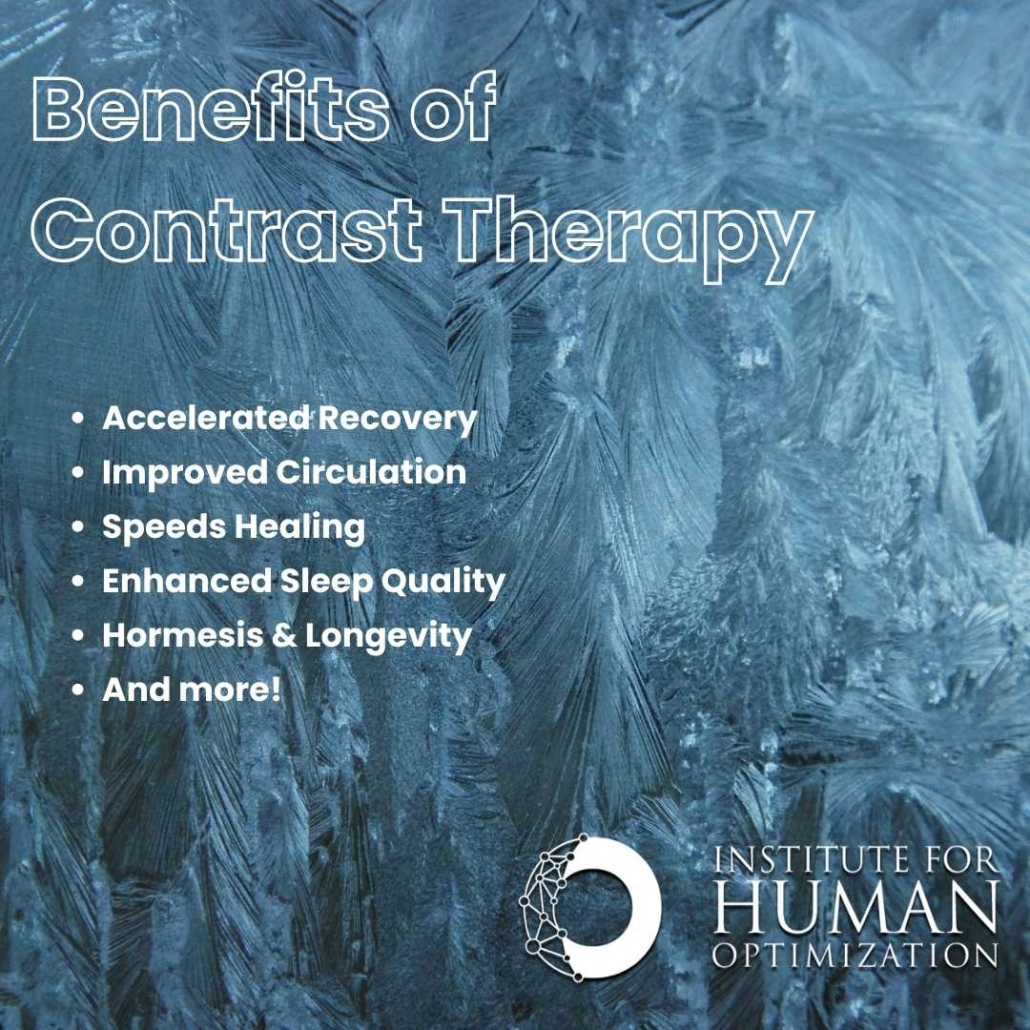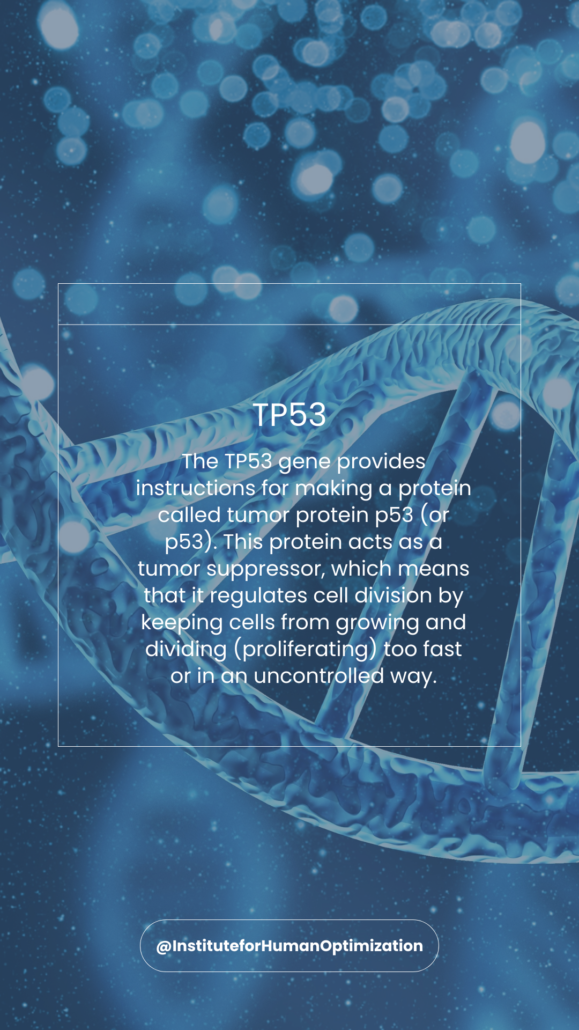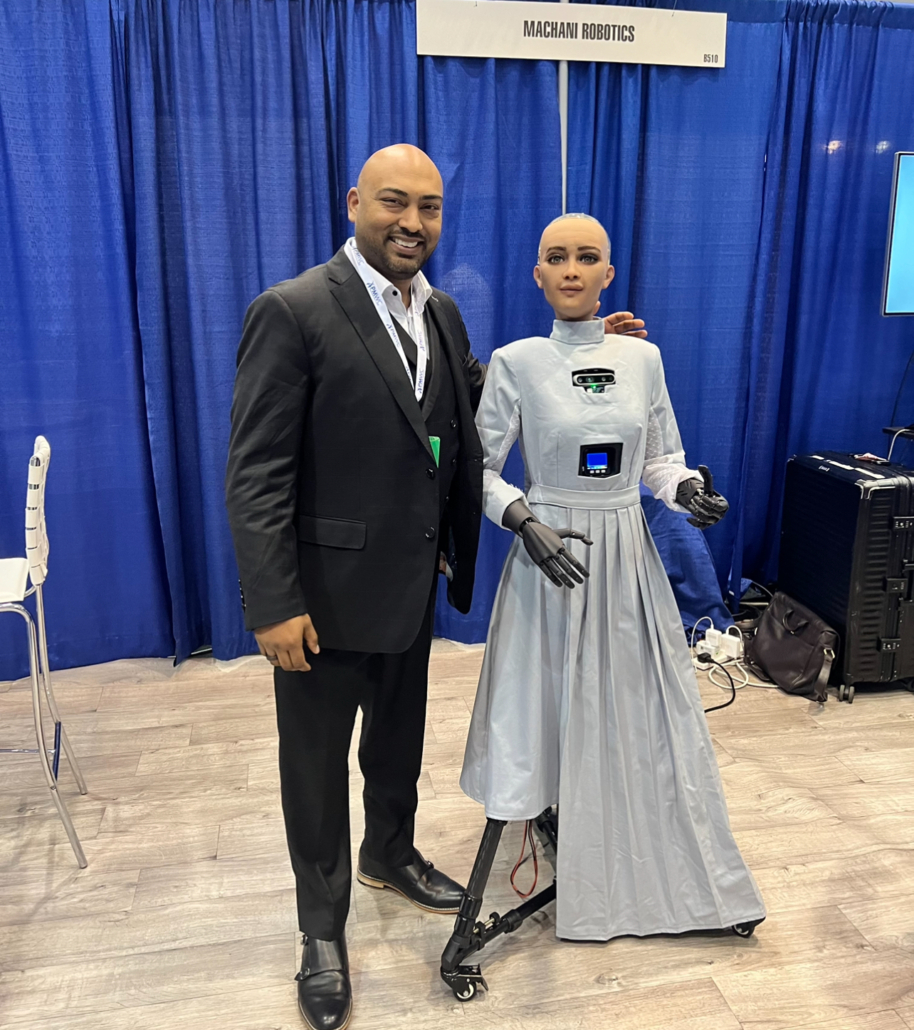Unlocking Peak Performance and Health Benefits
U
For anyone who’s stepped into a sauna after a heart-racing workout or plunged into an icy lake on a dare, contrasting sensations might come with a natural aversion. But for those in the know, these extreme temperature changes are part of a well-kept, ancient secret – contrast therapy. More than just a fad or a quick fix, contrast therapy has garnered a dedicated following among athletes, biohackers, and health enthusiasts as a potent and holistic way to recover and build resilience. If you’re looking to step your game up, push your body and mind to new heights, or just feel better than you have in a long time, this in-depth guide is your roadmap to the world of contrast therapy.
Understanding Contrast Therapy
Contrast therapy is a method that involves the alternating application of heat and cold to the body. The idea behind it is to use temperature to stimulate blood flow, which can have profound effects on recovery, injury rehabilitation, and even stress management. At its core, the contrast is about extremes – hot and cold, expansion and contraction. The science suggests that these extremes can shift the body’s internal landscape in a way that promotes recovery and, even more intriguingly, longevity.
Types of Contrast Therapy
Different approaches to contrast therapy include:
- Water Immersion: A popular method involves alternating between hot water immersion, typically in a hot tub, and cold water immersion, such as a cold plunge pool.
- Sauna and Ice Baths: This involves a sauna session followed by a quick dip in an ice bath or shower.
- Hot and Cold Packs: For those who don’t have access to facilities, hot and cold packs can be used for localized contrast therapy on specific body parts.
The Science Behind Contrast Therapy
When you expose your body to cold, your blood vessels constrict, which can be invigorating and strengthen your body’s response to stress. Conversely, heat causes vasodilation, or the widening of blood vessels, which increases blood flow and can aid in relaxation. This constant dilation and constriction can act as a kind of massage for your blood vessels, leading to improved circulation and cardiovascular function.
Benefits of Contrast Therapy
Contrast therapy, when integrated into your routine, can unlock a range of benefits.

Accelerated Recovery for Athletes
For athletes, pushing the body to its limits is part of the job description. Contrast therapy can play a significant role in post-exercise recovery. The cold phase can help reduce inflammation and muscle soreness, while the heat phase can bring about muscle relaxation and encourage flexibility. This back-and-forth can lead to faster recovery between workouts, allowing for more consistent and higher-quality training sessions.
Rehabilitation and Injury Management
Beyond the day-to-day aches and pains, contrast therapy is also used in injury rehabilitation. By promoting circulation, it helps tissues receive the nutrients required for faster healing. This method is often used in professional settings for sports injuries, and it’s increasingly popular in physical therapy for everyday athletes.
Enhanced Sleep Quality
Sleep is the foundation of recovery. Contrast therapy, especially when integrated into your evening routine, can help prepare your body for a restful night’s sleep. The relaxation induced by the heat phase, coupled with the vasodilation that brings fresh, oxygenated blood to your muscles, sets the stage for a deep sleep that can repair and restore your body.
Hormesis and Longevity
One of the more intriguing aspects of contrast therapy is that it may tap into hormesis – the theory that exposure to low doses of stress can lead to increased resilience and longevity.
Hormesis works on the principle that stressors, such as temperature changes, can stimulate cellular repair mechanisms and strengthen our bodies’ response to future stress.
By challenging your body with extreme temperatures, contrast therapy may enhance pathways associated with stress resistance, potentially extending your healthspan and lifespan. By challenging your body with extreme temperatures, contrast therapy may enhance pathways associated with stress resistance, potentially extending your healthspan and lifespan.
The Future of Contrast Therapy
As the fields of sports science and longevity research continue to advance, contrast therapy is likely to gain more attention. In professional sports, the method is already a part of elite training and recovery practices. For the everyday enthusiast, it offers a glimpse into the world of personalized wellness and optimization.
Contrast therapy should be part of a larger wellness strategy that includes proper nutrition, adequate rest, and other recovery practices. It is not a standalone solution but a powerful tool in the toolkit of health and performance optimization. With the rise of wearable tech, the integration of contrast therapy into high-tech recovery systems is on the horizon. These advancements promise to dial in the experience even further, delivering precise temperature control and tracking the body’s response to each therapy session.
Personal Experience
Every individual’s response to contrast therapy will be unique. Keeping a journal to track your mood, energy levels, and performance over time can provide valuable insights into how contrast therapy fits into your overall health and wellness plan.
Contrast therapy may be a bit of an outlier in the world of health and fitness, but its potential benefits for recovery, resilience, and even longevity are too significant to ignore. By understanding the method, respecting your body’s limits, and staying consistent, you can unlock a new level of well-being and performance. It’s time to embrace the heat and the cold, and discover the power of contrast for yourself – an ancient practice that could be the key to optimal health in the modern age.
About the Institute for Human Optimization
At the Institute for Human Optimization, we are committed to helping individuals optimize their health, performance, longevity, and well-being through cutting-edge science, technology, and personalized therapies. Led by Anil Bajnath, MD we are committed to staying at the forefront of health and wellness research to provide our clients with the most advanced and effective solutions for achieving optimal health. Contact us today to learn more about our services and how we can help you on your journey towards human optimization.





